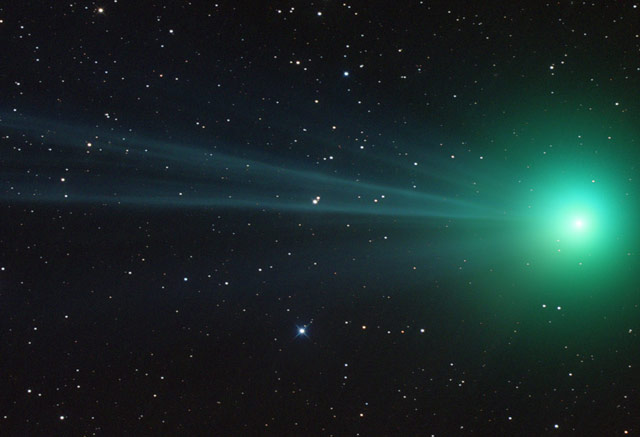Hi everybody
Here's the latest article from the Astronomy site at BellaOnline.com.
Captured Moon - Triton Facts for Kids
Neptune's big moon Triton was nameless for over a hundred years after its discovery. And it was so far away that astronomers knew almost nothing about it. Then Voyager 2 visited and saw active ice volcanoes on a moon that is probably a cousin to Pluto.
http://www.bellaonline.com/articles/art300859.asp
*Dawn arrives at Ceres on Saturday*
Although the first mission to a dwarf planet arrives at its dwarf planet on March 6, there is a mystery that will remain for another several weeks. It will take some time to get the spacecraft's orbit in synch with that of Ceres and get a good look these bright spots: https://www.pinterest.com/pin/250090585534109857/
The internet is providing the usual nonsensical answers, but three good possibilities are:
(1) Ice volcanoes, such as those on Saturn's moon Enceladus or Neptune's moon Triton;
(2) Ceres is known to have water ice – maybe reflections off ice patches;
(3) The surface of Ceres is composed of quite dark material – impacts or eruptions could leave fresh rock or ice, which would be quite bright.
*Vote for your favorite Hubble image*
Voting begins today (March 4th) for the 25th Anniversary favorite Hubble image. Anybody can join in: http://hubble25th.org/education/23 It's not quite like an election, more like a tournament where the images are played off one against the other in a series of rounds. You can see the lineup and how the voting works in this pdf: http://imgsrc.hubblesite.org/h25/uploads/pdf_file/file_name/4/Hubble-bracket-2015-prediction-lineup.pdf.
*We had liftoff!*
On March 2, 1972 Pioneer 10 was launched. On the same date 28 years later, the Rosetta mission was launched. Pioneer 10 is nearly 113 times as far from the Sun as Earth is. It's twice as far away as the outer edge of the Kuiper Belt and on a trajectory that will eventually take it out of the Solar System. Rosetta however was ten years catching up with Comet C-G, and is still orbiting it as it heads into the inner Solar System. Rosetta's lander Philae is somewhere asleep on the comet and everyone hopes that it might, at some point, get enough sunlight to revive.
*Birthdays – John Herschel and Henry Draper*
Two men who helped advance astronomy and photography share a birthday. Sir John Herschel was born March 7, 1792. He added the nebulae of the southern skies to the catalog of northern nebulae compiled by his father William and aunt Caroline. But John Herschel was, amongst his many talents, a pioneer of photography. He invented the photographic process which is still used to produce blueprints. You can read more about Herschel's life here: http://www.bellaonline.com/articles/art183381.asp
Henry Draper, a pioneer of astrophotography, was born on March 7, 1837. He was the first person to get a photograph of a nebula. Early on he experimented with spectroscopy and started a star catalog of stellar spectra. This was not far advanced when he died. His widow Anna Draper, who used to work with him in the lab, donated a large sum of money to Harvard College Observatory to complete the star catalog. You'll still see many stars listed by their “HD” numbers for their numbers in the Henry Draper Catalog. You can find out more about astrophotography here: http://www.bellaonline.com/articles/art19545.asp
Please visit astronomy.bellaonline.com for even more great content about Astronomy.
I hope to hear from you sometime soon, either in the forum or in response to this email message. I welcome your feedback!
Do pass this message along to family and friends who might also be interested. Remember it's free and without obligation.
I wish you clear skies.
Mona Evans, Astronomy Editor
http://astronomy.bellaonline.com
One of hundreds of sites at BellaOnline.com
.
astronomy Newsletter








